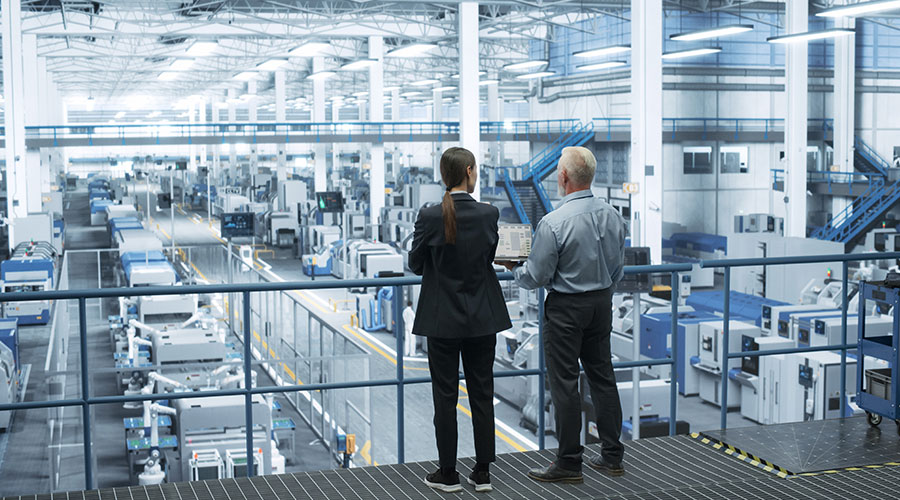The Rise of Net-Zero Buildings
In the world of maintenance and engineering management, we spend a lot of time reacting and responding. But when managers have time, they just might want to think more about the future — what is coming and how to respond.
I was asked recently to comment on trends in sustainability. It is a tricky exercise. Trends reports tend to be the usual resource. The problem is that these reports reflect opinions and thoughts about current circumstances and what is on people's minds right now. What managers really want to know is what lies several steps beyond that.
For a while, the focus has been on the big three: greenhouse-gas emissions, energy, and water. No surprise, these are still the big three. As stewards of the built environment, it is up to us to balance the organizational mission needs and operational costs with using less, becoming more efficient, and decreasing facilities' impact on the environment. The problem is that what we have been doing is not enough — at least not on the grand scale.
Enter the net-zero building.
Let's Set A Date
Net zero primarily addresses two of the big three: energy and greenhouse-gas emissions. One of the earliest mandates came in 2009 in Executive Order (EO) 13514, which defined a net-zero-energy building as one that is "designed, constructed, and operated to require a greatly reduced quantity of energy to operate, meet the balance of energy needs from sources of energy that do not produce greenhouse gases, and therefore result in no net emissions of greenhouse gases and be economically viable."
The executive order set a goal that new federal facilities buildings beginning in 2020 be designed to achieve net-zero energy by 2030. The concept of net zero was not exactly new in 2009, but the mandate was. For those of us in facilities, the impact has not been too great. After all, net zero applies to new construction only, right? Well, think again. The Energy Independence and Security Act (EISA) of 2007 set in motion the Zero-Net-Energy Commercial Buildings Initiative, which identified a phased goal for accomplishing net zero in institutional and commercial facilities:
2030: Any commercial building newly constructed in the United States
2040: 50 percent of the commercial building stock in the United States
2050: All commercial buildings constructed in the United States
The 2030 goal aligns with EO 13514. Existing buildings are phased in starting in 2040. Most recently, California's revisions to the California Energy Code include requirements for all newly constructed residential buildings to be net zero by 2020, and newly constructed commercial buildings net zero by 2030. California tends to be on the forefront of such initiatives, so it is reasonable to expect other states will follow in coming years.
Related Topics:













